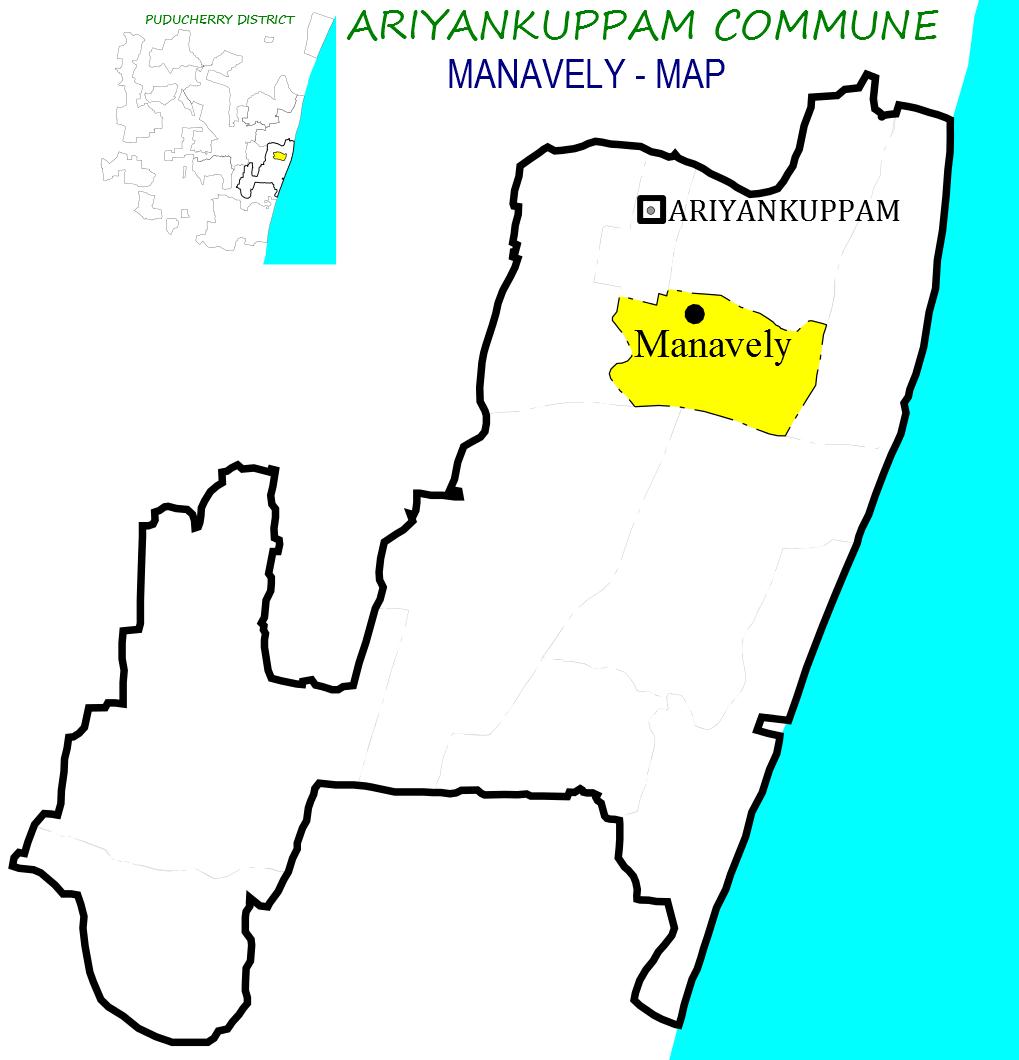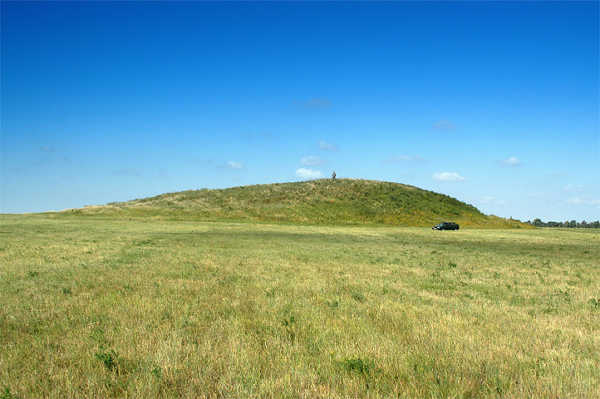|
Kakkayanthope
Kakkayanthope is a village in Ariyankuppam Commune in the Union Territory of Puducherry, India. Geography Kakkayanthope is bordered by Ariyankuppam River in the north, Veerampattinam in the east, Manavely in the south and Ariyankuppam in the West Demographics Kakkayanthope has an average literacy rate of 81.49%, male literacy is 88.89%, and female literacy is 74.13%. In Kakkayanthope, 10% of the population is under 6 years of age. Transport Kakkayanthope is located at 1.5 km from Ariyankuppam on Ariyankuppam - Veerampattinam Road. One can reach Kakkayanthope by any local bus from Pondicherry to Veerampattinam. Road Network Kakkayanthope is connected to Pondicherry by Ariyankuppam– Veerampattinam Road. Tourism Arikamedu Archaeological Excavation Arikamedu is an archaeological site located at a distance of 1 km from Ariyankuppam, where Mortimer Wheeler conducted his best-known excavation in the 1940s. According to Wheeler, Arikamedu was a Tamil fishing vi ... [...More Info...] [...Related Items...] OR: [Wikipedia] [Google] [Baidu] |
Manavely
Manavely is a Census Town in Ariyankuppam Commune in the Union Territory of Puducherry, India. Geography Manavely is bordered by Kakkayanthope in the north, Veerampattinam in the east, Sankaraparani River in the south and Ariyankuppam (West) in the West Demographics Manavely has an average literacy rate of 81.49%, male literacy is 88.89%, and female literacy is 74.13%. In Manavely, 10% of the population is under 6 years of age. Transport Manavely is located at 1.5 km from Ariyankuppam on Ariyankuppam - Chinna Veerapatinam Road. One can reach Ariyankuppam by any local bus from Pondicherry to Bahoor, Madukarai and Karaiyanputtur running via Ariyankuppam. From Ariyankuppam, you have to walk 1.5 km towards east to reach Manavely. Manavely can also be reached directly by PRTC Bus (Route No. 2A) running between Pondicherry and Chinna Veerampatinam. Road Network Manavely is connected to Pondicherry by Ariyankuppam–Chinna Veerampatinam Road. There is another road ... [...More Info...] [...Related Items...] OR: [Wikipedia] [Google] [Baidu] |
Arikamedu
Arikamedu is an archaeological site in Southern India, in Kakkayanthope, Ariyankuppam Commune, Puducherry. Sir Mortimer Wheeler 1945, and Jean-Marie Casal conducted archaeological excavations there in 1947–1950. The site was identified as the port of Podouke, known as an "emporium" in the Periplus of the Erythraean Sea and Ptolemy.Arikamedu was a Greek (Yavana) trading post that traded with Rome, starting during the reign of Augustus Caesar, and lasted about two hundred years—from the late first century BCE to the first and second centuries CE. Significant findings at Arikamedu include numerous Indo-Pacific beads, which facilitated fixing the period of its origin. Location Arikamedu is a coastal fishing village, under the Ariankuppam Panchayat, on the southeastern coast of India, from Pondicherry, on the Pondicherry-Cuddalore road; it was originally a French colonial town. It is located on the bank of the Ariyankuppam River (for most part of the year the river is cons ... [...More Info...] [...Related Items...] OR: [Wikipedia] [Google] [Baidu] |
WikiProject Indian Cities
A WikiProject, or Wikiproject, is a Wikimedia movement affinity group for contributors with shared goals. WikiProjects are prevalent within the largest wiki, Wikipedia, and exist to varying degrees within sister projects such as Wiktionary, Wikiquote, Wikidata, and Wikisource. They also exist in different languages, and translation of articles is a form of their collaboration. During the COVID-19 pandemic, CBS News noted the role of Wikipedia's WikiProject Medicine in maintaining the accuracy of articles related to the disease. Another WikiProject that has drawn attention is WikiProject Women Scientists, which was profiled by '' Smithsonian'' for its efforts to improve coverage of women scientists which the profile noted had "helped increase the number of female scientists on Wikipedia from around 1,600 to over 5,000". On Wikipedia Some Wikipedia WikiProjects are substantial enough to engage in cooperative activities with outside organizations relevant to the field at issue. ... [...More Info...] [...Related Items...] OR: [Wikipedia] [Google] [Baidu] |
Pottery
Pottery is the process and the products of forming vessels and other objects with clay and other ceramic materials, which are fired at high temperatures to give them a hard and durable form. Major types include earthenware, stoneware and porcelain. The place where such wares are made by a ''potter'' is also called a ''pottery'' (plural "potteries"). The definition of ''pottery'', used by the ASTM International, is "all fired ceramic wares that contain clay when formed, except technical, structural, and refractory products". In art history and archaeology, especially of ancient and prehistoric periods, "pottery" often means vessels only, and sculpted figurines of the same material are called " terracottas". Pottery is one of the oldest human inventions, originating before the Neolithic period, with ceramic objects like the Gravettian culture Venus of Dolní Věstonice figurine discovered in the Czech Republic dating back to 29,000–25,000 BC, and pottery vessels tha ... [...More Info...] [...Related Items...] OR: [Wikipedia] [Google] [Baidu] |
Amphora
An amphora (; grc, ἀμφορεύς, ''amphoreús''; English plural: amphorae or amphoras) is a type of container with a pointed bottom and characteristic shape and size which fit tightly (and therefore safely) against each other in storage rooms and packages, tied together with rope and delivered by land or sea. The size and shape have been determined from at least as early as the Neolithic Period. Amphorae were used in vast numbers for the transport and storage of various products, both liquid and dry, but mostly for wine. They are most often ceramic, but examples in metals and other materials have been found. Versions of the amphorae were one of many shapes used in Ancient Greek vase painting. The amphora complements a vase, the pithos, which makes available capacities between one-half and two and one-half tons. In contrast, the amphora holds under a half-ton, typically less than . The bodies of the two types have similar shapes. Where the pithos may have multiple sma ... [...More Info...] [...Related Items...] OR: [Wikipedia] [Google] [Baidu] |
Ancient Rome
In modern historiography, ancient Rome refers to Roman civilisation from the founding of the city of Rome in the 8th century BC to the collapse of the Western Roman Empire in the 5th century AD. It encompasses the Roman Kingdom (753–509 BC), Roman Republic (509–27 BC) and Roman Empire (27 BC–476 AD) until the fall of the western empire. Ancient Rome began as an Italic settlement, traditionally dated to 753 BC, beside the River Tiber in the Italian Peninsula. The settlement grew into the city and polity of Rome, and came to control its neighbours through a combination of treaties and military strength. It eventually dominated the Italian Peninsula, assimilated the Greek culture of southern Italy (Magna Grecia) and the Etruscan culture and acquired an Empire that took in much of Europe and the lands and peoples surrounding the Mediterranean Sea. It was among the largest empires in the ancient world, with an estimated 50 to 90 million inhabitants, roughly ... [...More Info...] [...Related Items...] OR: [Wikipedia] [Google] [Baidu] |
Mortimer Wheeler
Sir Robert Eric Mortimer Wheeler CH CIE MC TD (10 September 1890 – 22 July 1976) was a British archaeologist and officer in the British Army. Over the course of his career, he served as Director of both the National Museum of Wales and London Museum, Director-General of the Archaeological Survey of India, and the founder and Honorary Director of the Institute of Archaeology in London, in addition to writing twenty-four books on archaeological subjects. Born in Glasgow to a middle-class family, Wheeler was raised largely in Yorkshire before moving to London in his teenage years. After studying classics at University College London (UCL), he began working professionally in archaeology, specialising in the Romano-British period. During World War I he volunteered for service in the Royal Artillery, being stationed on the Western Front, where he rose to the rank of major and was awarded the Military Cross. Returning to Britain, he obtained his doctorate from UCL befor ... [...More Info...] [...Related Items...] OR: [Wikipedia] [Google] [Baidu] |
Archaeological Site
An archaeological site is a place (or group of physical sites) in which evidence of past activity is preserved (either prehistoric or historic or contemporary), and which has been, or may be, investigated using the discipline of archaeology and represents a part of the archaeological record. Sites may range from those with few or no remains visible above ground, to buildings and other structures still in use. Beyond this, the definition and geographical extent of a "site" can vary widely, depending on the period studied and the theoretical approach of the archaeologist. Geographical extent It is almost invariably difficult to delimit a site. It is sometimes taken to indicate a settlement of some sort although the archaeologist must also define the limits of human activity around the settlement. Any episode of deposition such as a hoard or burial can form a site as well. Development-led archaeology undertaken as cultural resources management has the disadvantage (or the be ... [...More Info...] [...Related Items...] OR: [Wikipedia] [Google] [Baidu] |
Pondicherry (city)
Pondicherry (), now known as Puducherry ( French: Pondichéry ʊdʊˈtʃɛɹi(listen), on-dicherry, is the capital and the most populous city of the Union Territory of Puducherry in India. The city is in the Puducherry district on the southeast coast of India and is surrounded by Bay of Bengal to the east and the state of Tamil Nadu, with which it shares most of its culture, heritage, and language. History Puducherry, formerly known as Pondicherry, gained its significance as “The French Riviera of the East” after the advent of the French colonialization in India. Puducherry is the Tamil interpretation of “new town” and mainly derived from “Poduke”, the name of the marketplace as the “Port town” for Roman trading in 1st century as mentioned in ‘The Periplus of the Erythraean Sea’. The settlement was once an abode of many learned scholars as evidently versed in the Vedas, hence also known as Vedapuri. The history of Puducherry can broadly be classifie ... [...More Info...] [...Related Items...] OR: [Wikipedia] [Google] [Baidu] |
Ariyankuppam
Ariyankuppam (also known by its former name Ariancoupom) is a Town, Commune, Sub-Taluk, and Assembly Constituency in the Union Territory of Puducherry, India. The streets in Ariyankuppam are straight and in grid form, similar to Puducherry boulevard. Origin of name The name Ariyankuppam comes from Aricamedu, an archaeological site in Ariyankuppam. Ariyankuppam is also known as Ariyanagar or Ariankuppam. History Ariyankuppam (Arikamedu) was an ancient Indian fishing village which was formerly a major port dedicated to bead making and trading with Roman traders. Now Ariyankuppam is administrated as a town under Puducherry Union Territory of India Demographics India census, Ariyankuppam had a population of 47,021. Males constitute 50% of the population and females 50%. Ariyankuppam has an average literacy rate of 81.49%, male literacy is 88.89%, and female literacy is 74.13%. In Ariyankuppam, 10% of the population is under 6 years of age. Geography Ariyankuppam is located ... [...More Info...] [...Related Items...] OR: [Wikipedia] [Google] [Baidu] |








